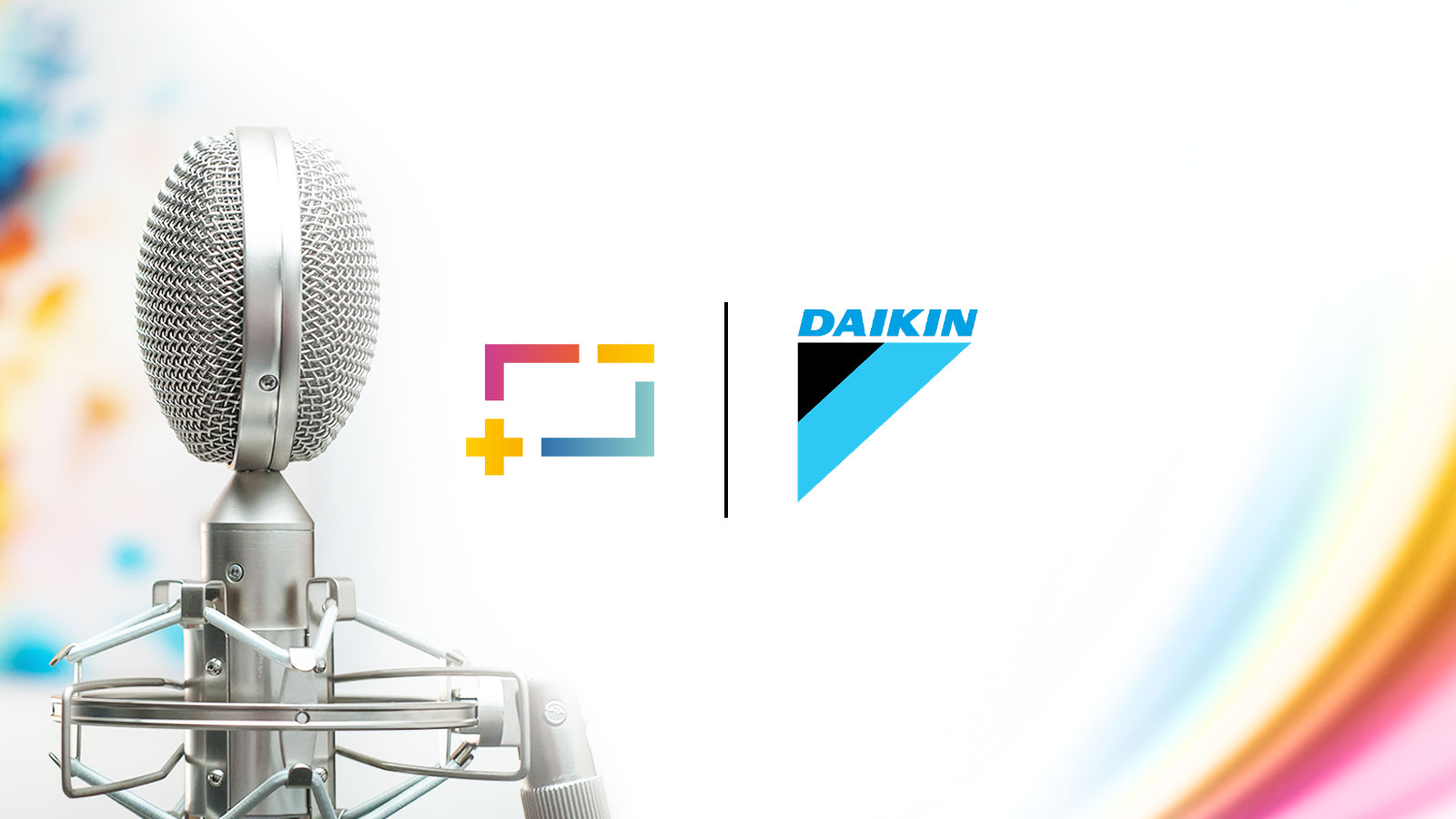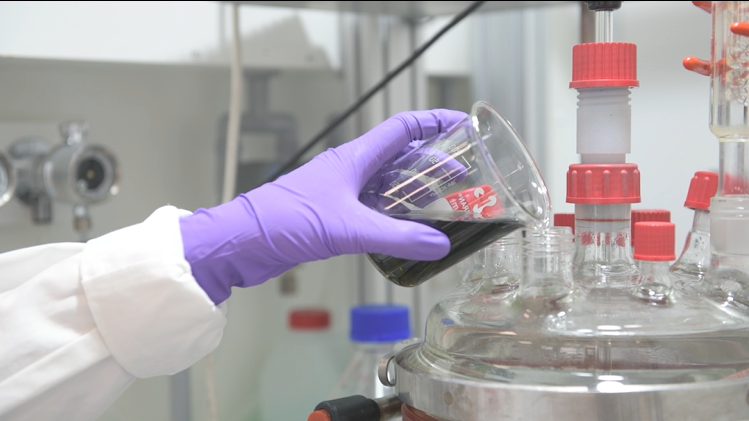Interview — 06 Jul 2021
Catch a glimpse of Daikin’s work carried out for ASTRABAT by Dr Alex Friesen and his team. They're developing a suitable polymer electrolyte for the application in the cathode, and on suitable processes to manufacture solid-state cathodes in combination with this electrolyte.
Dr Alex Friesen has been working in R&D for battery materials and process since 2011 and has gained considerable expertise in Lithium-ion batteries. Currently his research focuses on solid-state electrolytes and dry mixing and coating of electrodes.
First, you could introduce your team and its role within ASTRABAT, which is quite versatile, isn’t it?
Yes indeed. We’re helping to develop a suitable polymer electrolyte for the application in the cathode while working on processes to manufacture solid-state cathodes in combination with this new electrolyte. Besides that, we’re leading the development of all project’s materials.
Sounds like an especially important role!
Yes, we think that too. This is because most existing polymer electrolytes suffer from low oxidative stability, which means most high-energy active materials are not compatible with current technologies. Our goal is to develop a polymer-based electrolyte with high oxidative stability which is compatible with Ni-rich NMC materials and adaptable to existing manufacturing methods. This will facilitate the transition from liquid to solid electrolyte systems.
Creating reliable high voltage all-solid-state Li-ion cells is exactly one of ASTRABAT’s main objectives. What expertise does your team provide in this respect?
Similar to our role, our team is very versatile as well: Dr Timo Brändel is a polymer chemist and an expert in polymers, polymer modification as well in analytical characterization. Alexander Nassmacher is a chemical engineer. His insights on processing help the project to prepare the electrolytes and cathodes. And then there’s me with my experience in energy storage R&D, which provides understanding about the background of batteries. We are a great multidisciplinary team and it is fun to work and learn from each other!
As Italo Calvino, an Italian writer, once said: “fun is serious business!”. Back to us, could you explain in more detail the research work you are carrying out in ASTRABAT?
Our research focuses on the electrolyte: we are investigating different strategies to manipulate and modify polymer properties, which might be more suitable for the electrolyte application. Furthermore, we are working on the formulation and processing of the electrolytes, which is a core discipline due to the complexity and nearly infinite formulation possibilities. Thus, our labs combine polymer and electrolyte development, processing of the polymer electrolytes and the cathodes, cell building and electrochemical evaluation to fully understand the whole system and to allow a feedback loop from electrochemistry to the polymer development. As you can imagine, with so many steps in the development cycle there’s always plenty that can go wrong. But luckily partners in ASTRABAT are very supportive and the developments reached so far are very promising!
Collaboration is crucial and hopefully we will soon be able to meet physically. There is one last question for you: which aspects of your research work in ASTRABAT do you believe are the most innovative?
This is a difficult last question to answer! But I would say the fact that with our approach in ASTRABAT we are developing a very versatile polymer electrolyte system compatible with different materials as well as processes, which allows us to customize it and to provide individual solutions to our customers. We think this is the most innovative aspect of our work.



